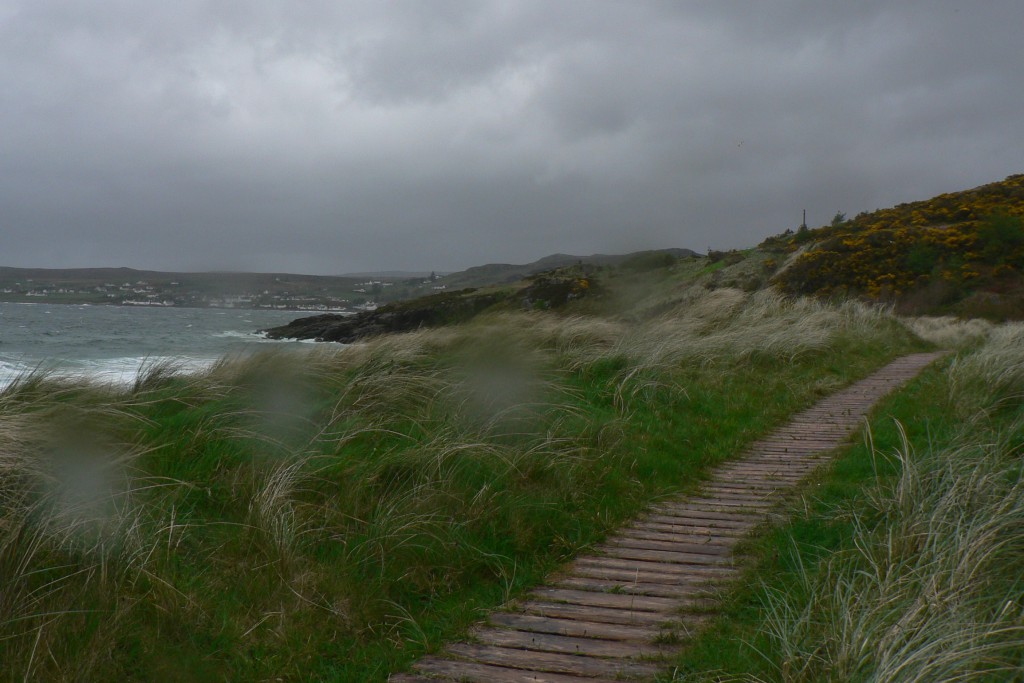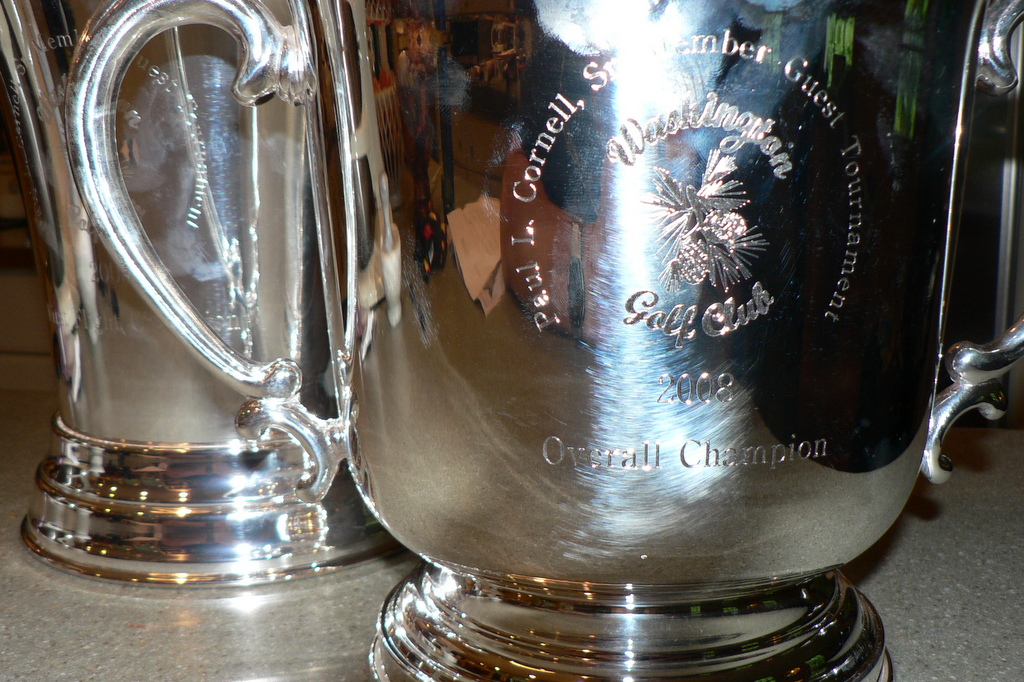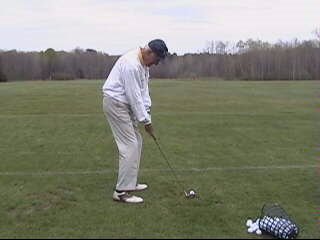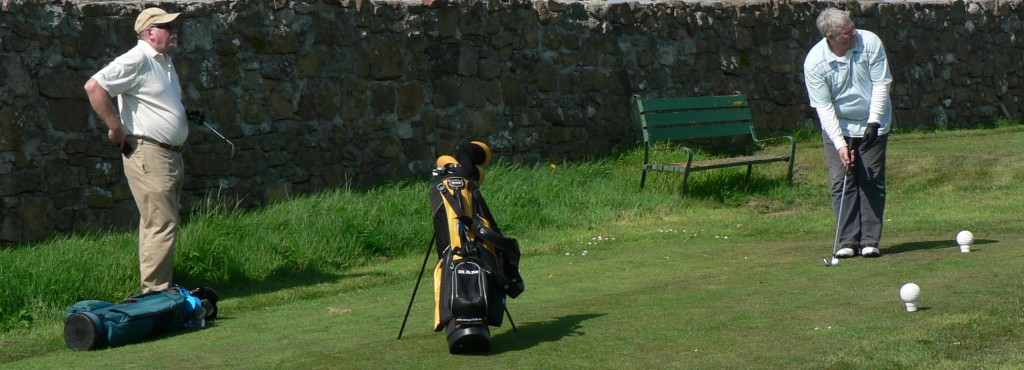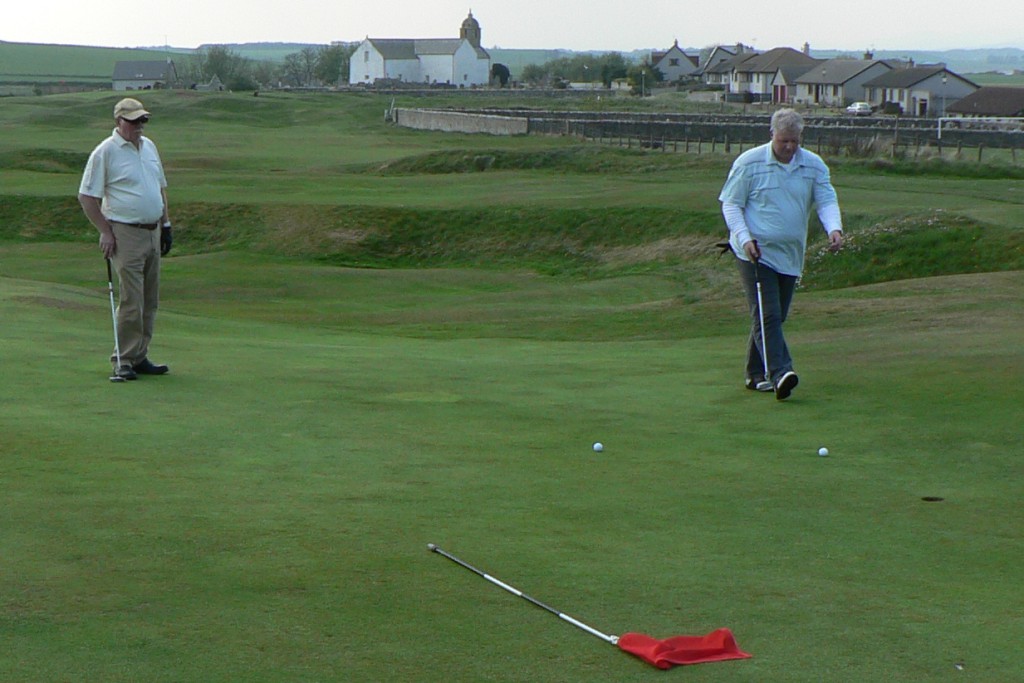Eight friends and I recently spent four days playing six and a half rounds at Cabot Links and Cabot Cliffs, on Cape Breton Island, in Nova Scotia. There would have been twelve of us if three of the five lawyers in the original group hadn’t dropped out. The first lawyer to bail was Howard, whose principal objections were: (a) traveling to Cabot takes longer than traveling to Scotland; (b) playing two golf courses three times each is a waste of a good golf trip; and (c) overseas golf itineraries should consist solely of famous old courses that have been famous for a long time.
Wrong, wrong, and wrong.
It’s true that Cabot is slightly tricky to get to. Unless you have your own airplane, you fly to Halifax and then drive for three hours. But the flight is a breeze, especially by comparison with any flight to the British Isles—it’s less than two hours from either New York or Boston—and the drive, which follows the coast of the Gulf of St. Lawrence, is pleasant in itself, especially if, as in our case, you’re being driven in one of Cabot’s fleet of eleven-passenger Mercedes vans. And once you’ve arrived at Cabot you don’t have to travel again until it’s time to go home. (There’s an ice-cream stand across the street, but you can walk.)
As for repeatedly playing the same two golf courses, I think three rounds could be considered the minimum ideal exposure to any great golf course. Repetition on that scale is hard to pull off if you’re racing death to the end of your bucket list, but you can’t fully appreciate a course until you given yourself opportunities to make up for bad shots and stupid decisions in earlier rounds. Besides, the best courses improve with repetition.
Both courses at Cabot also belong on the surprisingly long list of new and relatively new courses that hold their own in any comparison with the great courses of the past. (Cabot Links was designed by Rod Whitman, a Canadian protégé of Bill Coore’s, and Cabot Cliffs was designed by Coore and Ben Crenshaw.) And Cabot comes very close to my conception of the ideal golf resort.
Our rooms—all of which overlooked both the golf course and the water—were nice, but not too nice. The food was good, but not ridiculous. The staff was unfailingly friendly and accommodating without ever seeming overbearing. The week after our visit, one of the members of the women’s version of our club’s Sunday Morning Group went to Cabot with a friend. They liked it so much that, before they left, they signed up for a return visit, in the fall. All the guys on our trip are going to go back, too, Howard be damned.








